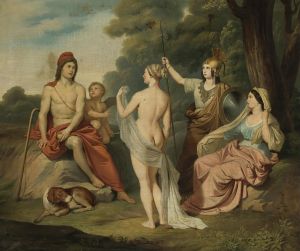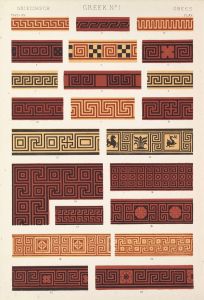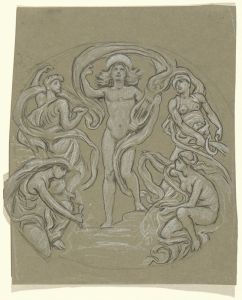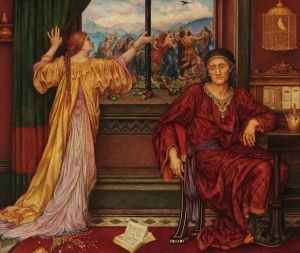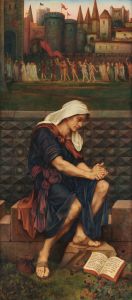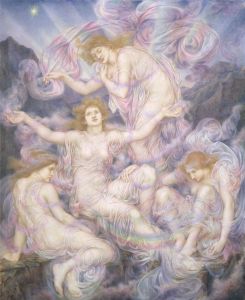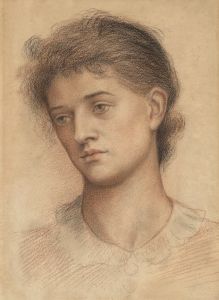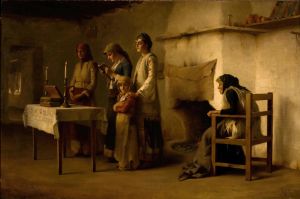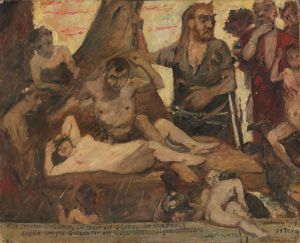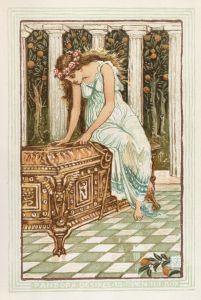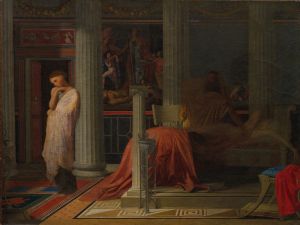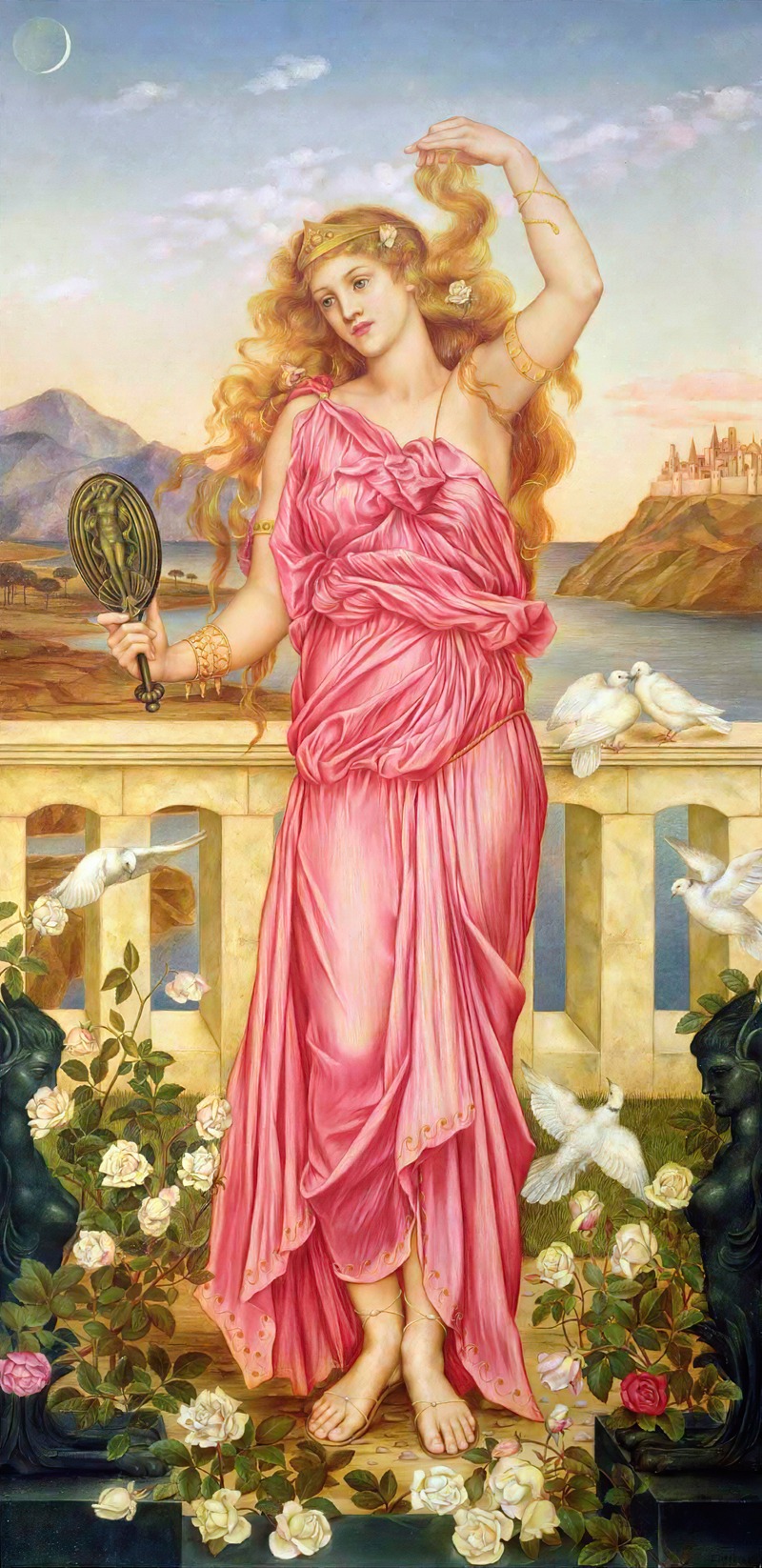
Helen Of Troy
A hand-painted replica of Evelyn De Morgan’s masterpiece Helen Of Troy, meticulously crafted by professional artists to capture the true essence of the original. Each piece is created with museum-quality canvas and rare mineral pigments, carefully painted by experienced artists with delicate brushstrokes and rich, layered colors to perfectly recreate the texture of the original artwork. Unlike machine-printed reproductions, this hand-painted version brings the painting to life, infused with the artist’s emotions and skill in every stroke. Whether for personal collection or home decoration, it instantly elevates the artistic atmosphere of any space.
Evelyn De Morgan, a prominent English painter associated with the Pre-Raphaelite movement, created the artwork "Helen of Troy" in 1898. Known for her vivid use of color and intricate detail, De Morgan often infused her works with themes of spirituality, mythology, and symbolism. "Helen of Troy" is a testament to her skill in portraying mythological subjects with a unique blend of realism and idealism.
The painting depicts Helen of Troy, a figure from Greek mythology renowned for her beauty, which ultimately led to the Trojan War. According to myth, Helen was the daughter of Zeus and Leda, and her abduction by Paris, Prince of Troy, from her husband Menelaus, King of Sparta, sparked the legendary conflict between the Greeks and Trojans. De Morgan's portrayal of Helen captures her in a moment of serene contemplation, highlighting her beauty and the underlying tension of her story.
In "Helen of Troy," De Morgan employs a rich palette, with Helen's flowing garments rendered in vibrant hues that draw the viewer's attention. Her use of light and shadow adds depth to the composition, creating a sense of three-dimensionality. The background of the painting is often interpreted as a symbolic representation of Troy, with architectural elements that suggest the city's grandeur and impending doom.
De Morgan's interest in the Pre-Raphaelite movement is evident in her meticulous attention to detail and the idealized beauty of her subject. The Pre-Raphaelites, a group of English painters, poets, and critics founded in 1848, sought to return to the abundant detail, intense colors, and complex compositions of Quattrocento Italian art. They rejected the mechanistic approach that had come to dominate academic art, favoring instead a return to the abundant detail and complex compositions of early Renaissance painting.
Evelyn De Morgan was deeply influenced by her spiritual beliefs, particularly her interest in theosophy and spiritualism, which often informed her artistic choices. Her works frequently explore themes of transformation and transcendence, and "Helen of Troy" can be seen as a reflection on the dual nature of beauty as both a blessing and a curse.
The painting is part of the De Morgan Collection, which includes a significant number of works by Evelyn De Morgan and her husband, the ceramicist William De Morgan. The collection is managed by the De Morgan Foundation, which aims to preserve and promote the legacy of both artists. "Helen of Troy" is occasionally displayed in exhibitions that focus on Pre-Raphaelite art and the contributions of women artists to the movement.
Evelyn De Morgan's "Helen of Troy" remains an important work for its artistic merit and its exploration of timeless themes. Through her skillful use of color, composition, and symbolism, De Morgan offers a nuanced portrayal of one of mythology's most enigmatic figures, inviting viewers to reflect on the enduring power of beauty and the complexities of human desire.





